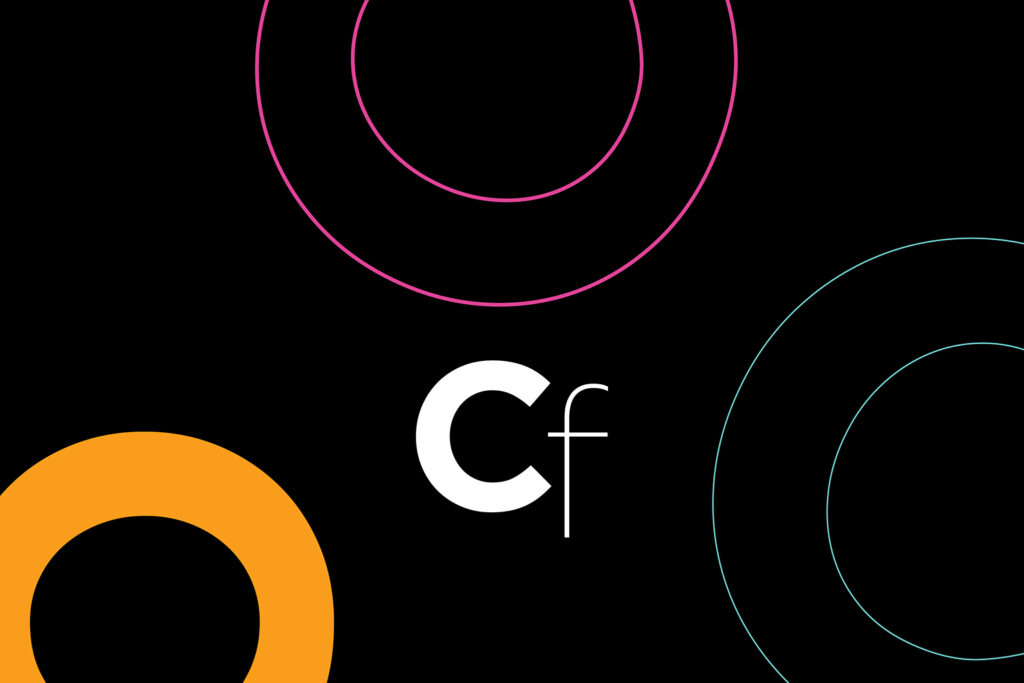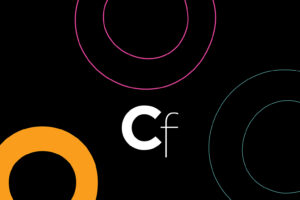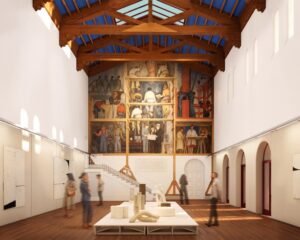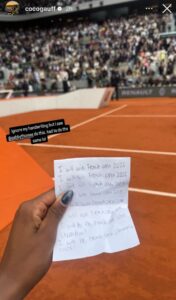Jaune Quick-to-See Smith Gave Voice to Native Women Artists

Though she faced an uphill battle at every turn, Jaune Quick-to-See Smith had the motivation and drive to work tirelessly to make her voice heard, along with those of other Native women artists. Jaune was a great teacher who encouraged anyone struggling with navigating the art world. She actively sought out Native artists for shows she curated, and employed young writers to help with the many catalogs and books she compiled. She was constantly moving, giving talks, attending conferences, and networking. She would take a daytrip from New Mexico to New York to check out museum shows and visit galleries—then fly back home to the Land of Enchantment on the red-eye!
Jaune’s art reflected this same energy. An endless flow of information, both good and bad, poured out of her as fast as she could paint. While paint dripped down the canvas, she plastered over it with collage and then more paint, building layer upon layer, completely in the moment. While her work was always in dialogue with old and new art, she felt strongly that her creative process was connected to her traditional tribal ways, including prepping, tanning, and dying hides. Jaune’s marks were made with a contemporary eye but informed by the land on which she grew up and the utilitarian objects her father created and collected, like lariat braids and the traditional beadwork that he wore.
Despite her intensity and drive, Jaune always mixed humor into her passion for historical truth and her endless pursuit to shed light on the omissions and blatant oversight of the Native American perspective in contemporary art. Jaune’s persistence paid off, and we are all indebted to her focus on broadening minds that were fixed in a Eurocentric approach to art history.
When I think back to Jaune’s influence on me in the early days, one episode involving a conservative art professor we shared at the University of New Mexico stands out. Feeling the pressure to produce a beautifully painted canvas to impress our teacher, Jaune took a roll of raw canvas, cut it into the shape of an animal hide, and threw it in the washing machine with Rit clothing dye. After the distorted canvas had dried into a wrinkled mess, she proceeded to hang it over the top of two wooden poles she found at a hardware store. The confidence she showed in presenting such a work—which broke all norms and expectations at the time—is one of the things I admire most about Jaune, and it gave me the courage to stand up for my own original ideas with the confidence that I was standing on solid ground.
Jaune’s confidence in her work extended to her ability to insert herself into the 1980s-era feminist art scene in New York. At that time, Miriam Schapiro and Harmony Hammond introduced her to current art trends, from “women’s work” like crocheting, embroidering, and needlework to large-scale “masculine” sculpture by the likes of Jackie Winsor. Both Jaune and I also became involved with Peter Jemison at the American Indian Community House in New York, which helped us negotiate the art world and gain some exposure. As an 18-year-old hanging around with Jaune, my eyes were wide open, and she introduced me to an array of trailblazing artists and their ideas.
Jaune and I came together at a fortunate time, seemingly fated to meet and share a lifelong friendship. In the beginning, when I arrived at university straight from high school, I was just 17 and must have tested her patience, sorely at times. But she was always there for me.
Over the decades that we were friends, Jaune’s activism and comradery helped hone my vision to break the surface of what feels like a large body of water with my art. I’ve stayed the course I chose, expanding that vision in every painting I’ve made, and I owe part of that to Jaune and all the wisdom and support she showed me and so many other artists of our time.







